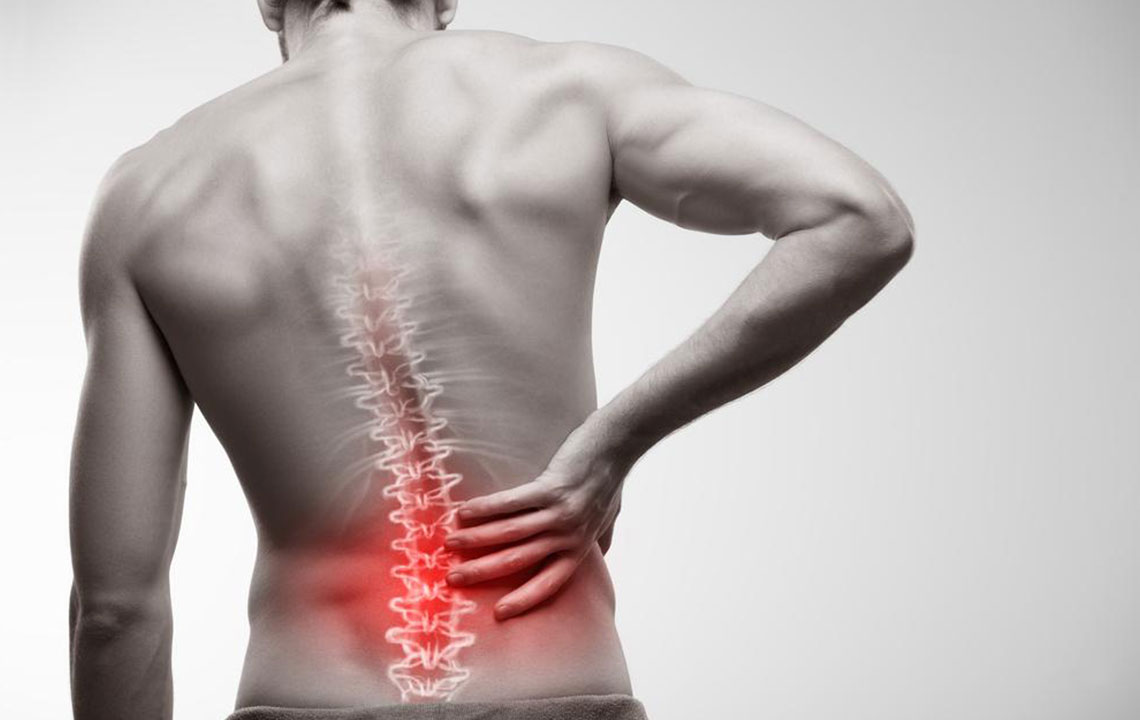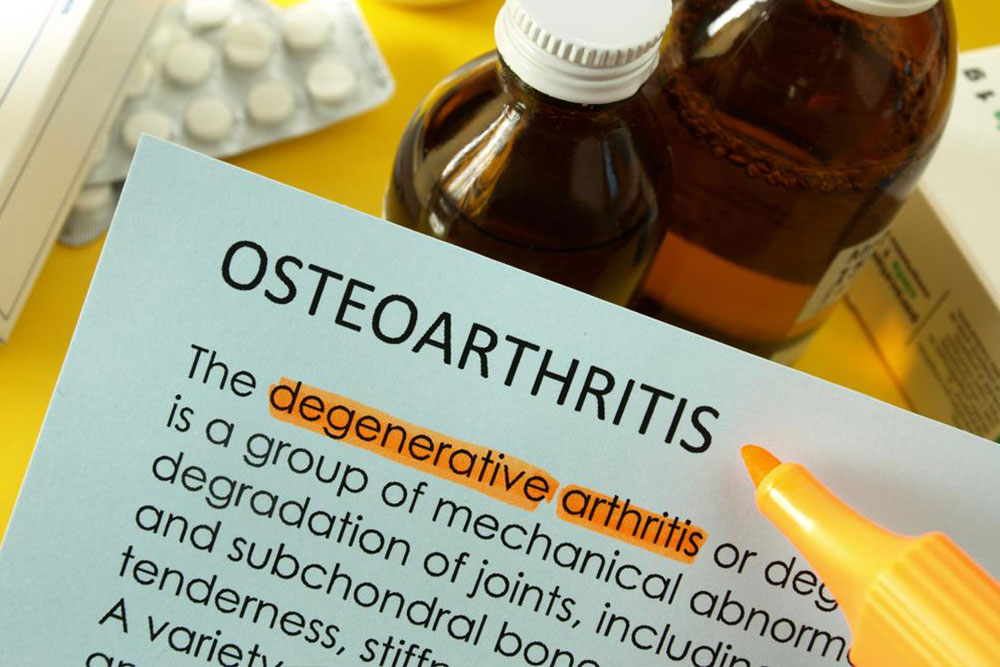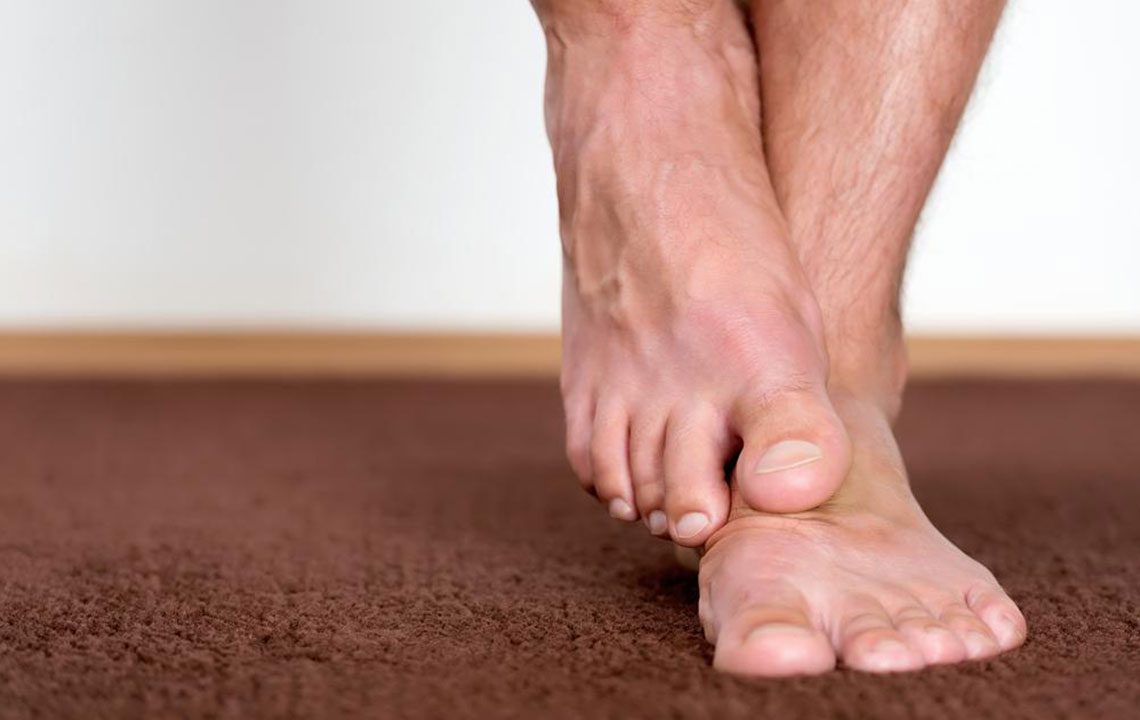Non-Invasive Strategies for Managing Chronic Back Pain
Explore effective non-invasive methods for managing chronic back pain, including physical therapy, lifestyle modifications, alternative therapies, and medication. Learn how personalized plans and professional guidance can lead to relief and improved quality of life without surgery.

Non-Invasive Strategies for Managing Chronic Back Pain
Experiencing back discomfort lasting over three months is classified as chronic pain. It may come and go, leading to frustration and confusion, especially without a clear cause. Managing this persistent pain can be challenging, but various non-invasive options can provide relief before considering surgical solutions. Recognizing the root causes such as spinal stenosis, myofascial pain, or disc issues is crucial in choosing the most effective treatment plan.
Non-Surgical Treatment Options
These include physical therapy, lifestyle adjustments, alternative therapies, and medication. Consulting healthcare professionals is vital in tailoring a plan that suits individual needs, promoting better outcomes and minimizing discomfort.
Physical Therapy and Exercise
Exercise forms the foundation for alleviating chronic back pain. Under the guidance of a physician or trained physical therapist, personalized routines focusing on posture correction, aerobic activity, flexibility, and core strengthening can significantly help. Consistent practice at home reinforces progress and accelerates recovery.
Mental Well-being and Mindfulness
Chronic pain affects emotional health, leading to anxiety and depression. Strategies like meditation, yoga, and cognitive behavioral therapy, often guided by rehabilitation psychologists, can ease psychological distress. Techniques such as tai chi and relaxation exercises help shift focus away from pain, fostering a calmer mind.
Diet and Lifestyle Changes
Avoiding inflammatory foods laden with trans fats, processed sugars, and refined carbs can reduce pain. Maintaining a healthy weight lessens pressure on the spine, aiding in pain management. Listening to your body and modifying daily activities—like taking breaks during chores or avoiding activities that trigger pain—are crucial. Quitting smoking is also highly recommended, as nicotine hampers healing and worsens pain.
Injection Therapies
Procedures such as epidural steroid injections, nerve blocks, and nerve ablations are options when pain origin is identified. While these can provide temporary relief, they are not long-term solutions and should be part of a comprehensive treatment plan. Their efficacy depends on individual cases and should be administered under medical supervision.
Alternative and Complementary Approaches
Treatments like acupuncture, massage, laser therapy, biofeedback, and electrical nerve stimulation offer additional relief options. Always consult a healthcare provider to determine the most suitable therapies for your condition.
Medication Management
Short-term use of muscle relaxants, anti-inflammatories, and analgesics can help manage symptoms. However, long-term reliance on medications, especially opioids, can pose risks and often does not address the pain's root cause. It is essential to seek professional guidance and explore other treatment options before depending solely on drugs.
Note:
Our blog provides a range of practical health information. While our research aims to be accurate, readers should consider it as supplementary guidance and consult healthcare providers for personalized treatment plans. We are not responsible for discrepancies or specific medical advice. Stay informed and make decisions aligned with professional medical recommendations.










